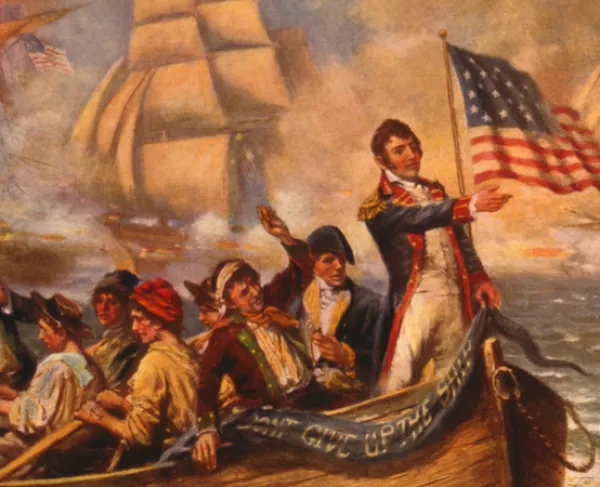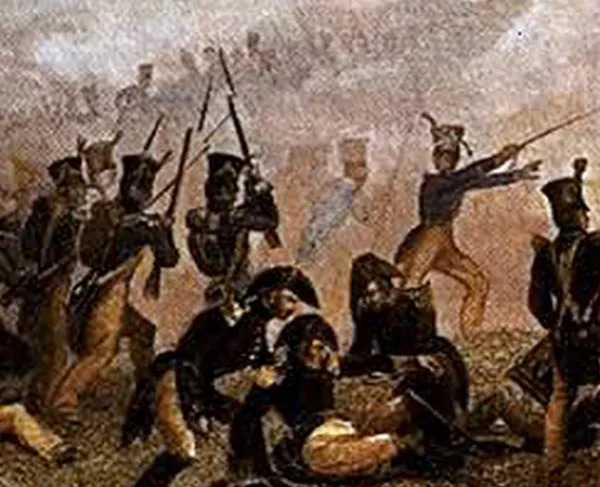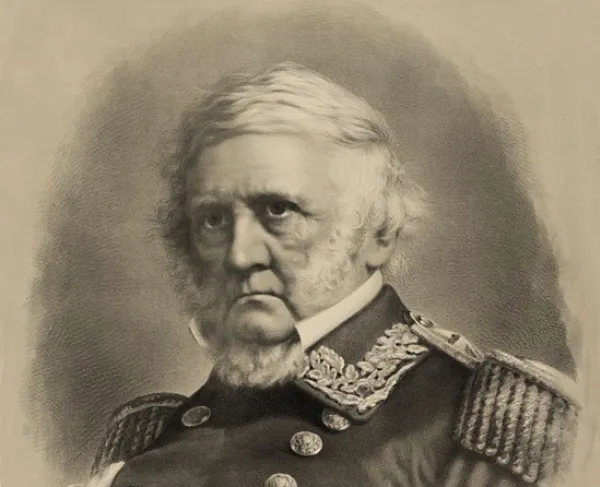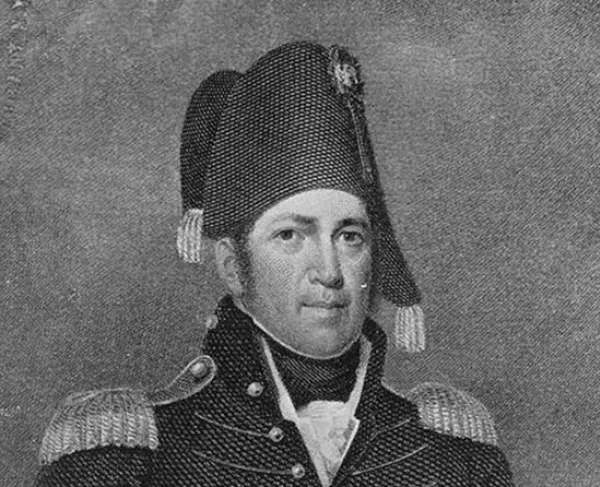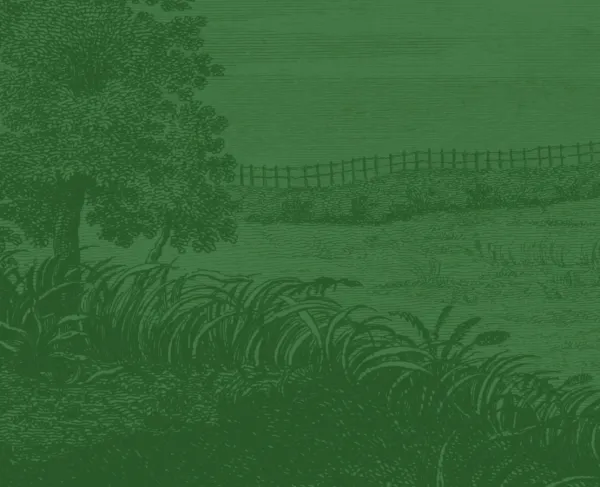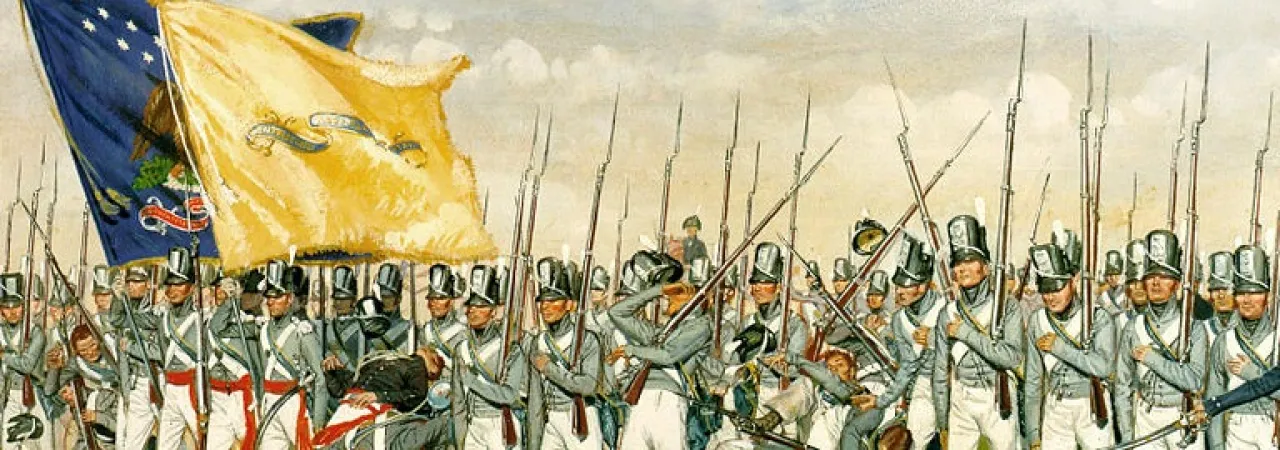
Chippawa
Ontario | Jul 5, 1814
During the American fight against the British and local Canadian militias throughout the War of 1812, the American military benefited greatly from the lack of British veterans in North America. The British army was preoccupied with fighting Napoleon’s French army in Portugal and Spain at the onset of what the United States dubbed the War of 1812. As such, the more battle-hardened and veteran British soldiers were across the Atlantic Ocean and had no ability to help the British forces in North America. However, once Napoleon’s forces were defeated in early 1814, American leaders began to fear the arrival of these experienced soldiers. As a result, the US Secretary of War John Armstrong Jr, wanted decisive action in the Canadian theater of war before the Duke of Wellington’s soldiers arrived on American soil.
Tasked with effectively leading American elements into Canada, American generals Winfield Scott and Jacob Brown established “Camps of Instruction” in northern New York. These camps were created to drill American infantry regiments and train the army into being more professional rather than political. As such, officers were appointed by merit, rather than by political connections or personal wealth. By June of 1814, these regiments were drilled and knew the methods of contemporary warfighting, only lacking actual experience on the battlefield. Additionally, shortages of uniforms plagued Scott’s brigade resulting in many regiments being visibly relegated and clothed with the gray uniforms typically reserved for militia regiments.
When the American regiments were trained to capacity, they saw great success in Canada. After taking Fort Erie, the American soldiers pushed onward into Ontario and set up camp. The British General Phineas Riall believed that only a small band of Americans took the understaffed fort and was in no hurry to attack. However, American General Jacob Brown operated with the assumption that Riall’s army was going to be reinforced at any given moment. As a result, General Scott’s men disengaged a battery of artillery along the Chippawa Creek and waited for Brown’s men to join them.
On the morning of July 5th, the British attacked. The sudden surprise came as such a shock that General Scott was almost taken prisoner as he was eating breakfast. Nevertheless, the Americans rallied to face their enemies. The British, however, saw the gray coats of their American adversaries and believed them to be American militiamen. This bred a collective feeling of calmness and later frustration as the British thought of the American militiamen as backward and incapable of properly fighting as they were not of the prestige of British soldiers. As the American soldiers marched to face the British, Riall and other British officers expected the supposed American militiamen to scatter and flee after a few volleys and some cannon shot.
However, the Americans held fast and continued to march to meet the British lines. Once General Riall realized that the foe he was facing were not militiamen, he allegedly uttered the famous phrase “Those are regulars, by God!” By the time General Riall had realized his mistake, it was already too late as General Scott had personally led his brigade into musket range and exchanged volleys with the foe. The British forces were initially ordered to fire one volley and charge with the bayonet to finish the fight. The advance of the British soldiers forced the British artillery to stop firing, which only led to all American guns firing unmolested from British fire. The result of this charge was lethal for the British, and as such, they abandoned that plan and held their ground against the American regulars. For 25 minutes, each side exchanged fire until British General Riall ordered a general withdrawal after his coat was shot, narrowly missing his body by inches. The Americans, however, did not initially pursue the fleeing British and recovered only briefly.
Once the battle was over, both brigades under American Generals Scott and Brown crossed the Chippawa Creek and forced the British to retreat to Fort George. The resulting series of maneuvers between the British and American forces in Ontario later led to the Battle of Lundy’s Lane.
Chippawa: Featured Resources
Related Battles
3,564
2,000
328
535
